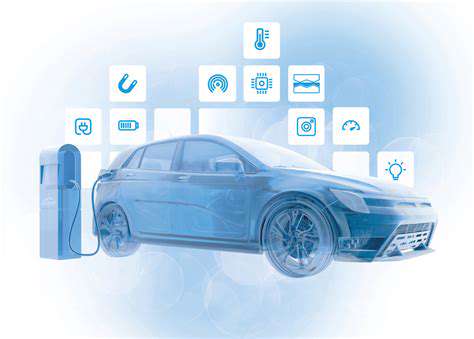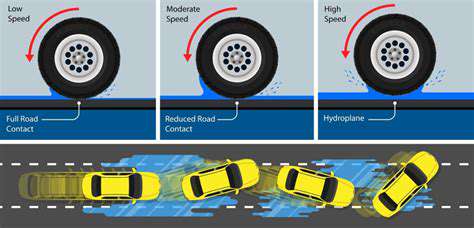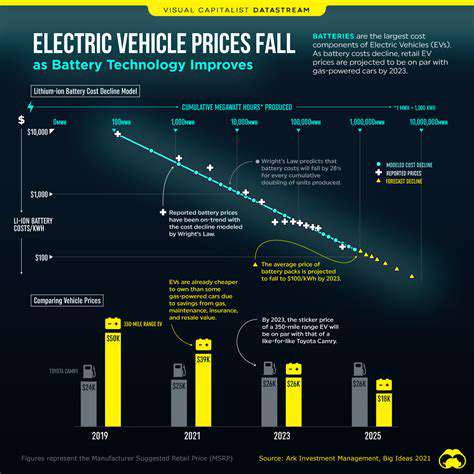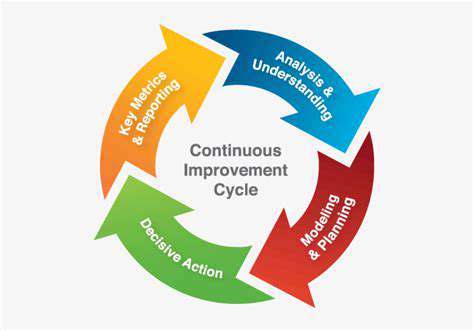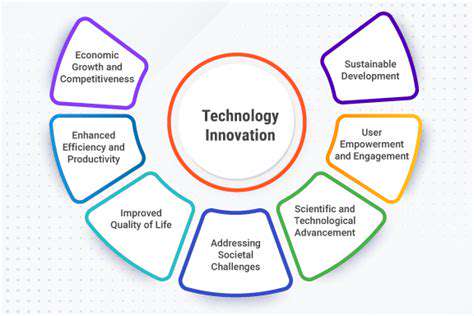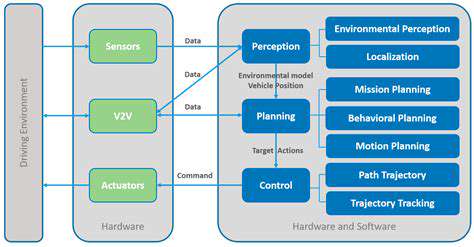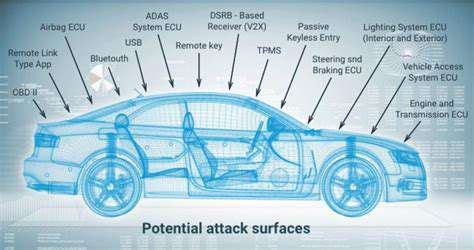Beyond Brightness: Adaptive and Smart Lighting Systems
Beyond the Basics: Enhancing Driver Safety and Comfort
Modern vehicles now integrate adaptive lighting systems that were once considered futuristic. These systems don't just light the road—they actively respond to environmental changes, significantly improving both safety and comfort. By automatically adjusting to various conditions, they reduce eye strain and boost awareness during nighttime driving or poor weather situations.
Features like dynamic cornering lights and smart high beams change their patterns based on vehicle speed, steering angle, and surrounding traffic. This intelligent control prevents glare for other drivers while ensuring optimal visibility for the user.
Illuminating the Road Ahead: Adaptive High Beams
Among the most valuable components are adaptive high beams. These continuously scan the road ahead, dimming automatically when other vehicles approach. This eliminates the dangerous glare that standard high beams create while maintaining excellent forward visibility—no manual adjustments needed.
During extended night drives, this technology proves particularly beneficial by minimizing fatigue. The system's responsive nature makes nighttime highway travel noticeably safer and more comfortable.
Smart Sensors: The Eyes of the Vehicle
Adaptive lighting relies on advanced sensor arrays that function as the vehicle's visual system. Cameras and radar units work together to monitor road conditions, traffic patterns, and weather changes in real time. This constant data stream allows the lighting system to make millisecond adjustments for perfect illumination in every situation.
Reducing Driver Fatigue: Optimized Illumination
Precisely controlled lighting directly impacts driver alertness. By automatically optimizing brightness and beam patterns, these systems significantly reduce the eye strain that contributes to fatigue. This becomes especially valuable during late-night journeys or when driving through areas with rapidly changing light conditions.
Enhancing Visibility in Challenging Conditions
Where traditional headlights struggle, adaptive systems shine—literally. They automatically compensate for rain, snow, or fog by modifying light intensity and distribution. In tunnels, they prevent blinding other drivers while maintaining proper visibility. On winding roads, the beams actively follow curves to illuminate the path ahead.
Beyond the Vehicle: Integrating with the Environment
The next generation of these systems will connect with external data sources like traffic networks and weather services. This integration will enable even more responsive lighting adjustments based on real-time road conditions and hazards.
The Future of Automotive Headlights: Looking Ahead

Technological Advancements in Automotive Headlights
Today's headlights represent a technological leap forward, combining multiple advanced systems to create smarter, safer illumination. Modern LED arrays offer dramatically improved performance—brighter light, lower energy use, and longer lifespan—making older technologies like halogens obsolete. These innovations affect both vehicle safety and design aesthetics.
Enhanced Safety Features
Future headlights will function as active safety components rather than passive lighting. Systems that automatically detect and highlight pedestrians or cyclists could prevent countless accidents, particularly in urban environments with poor visibility. Adaptive lighting already demonstrates how illumination technology can actively prevent dangerous situations.
Integration with Driver-Assistance Systems
Headlights will increasingly work in concert with other vehicle safety systems. As autonomous features become more advanced, precise lighting control will help sensors better detect road hazards. This coordination creates multiple layers of protection that adapt to both driver needs and road conditions.
Sustainability and Efficiency
The automotive industry's environmental focus extends to lighting systems. LED technology cuts energy consumption significantly compared to traditional bulbs, while new manufacturing methods reduce material waste. These improvements benefit both the environment and the owner's maintenance costs.
Design Aesthetics and Driver Experience
Lighting design now plays a central role in vehicle styling. Manufacturers use headlight configurations as signature design elements that distinguish their models. The best designs merge visual appeal with functional excellence, creating lighting that looks striking while performing flawlessly.
Cost and Accessibility
While advanced lighting systems currently carry premium pricing, their benefits—including safety improvements and lower operating costs—often justify the investment. As production scales up and technology matures, these systems will become standard equipment across more vehicle price ranges.
